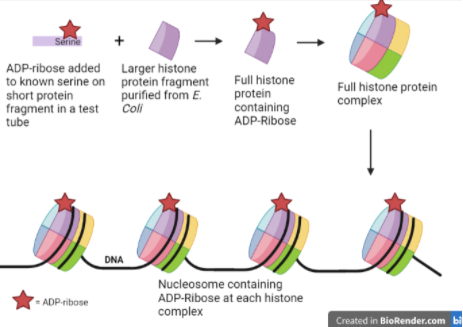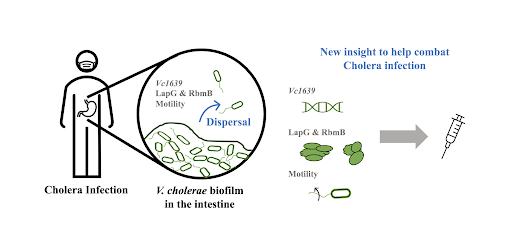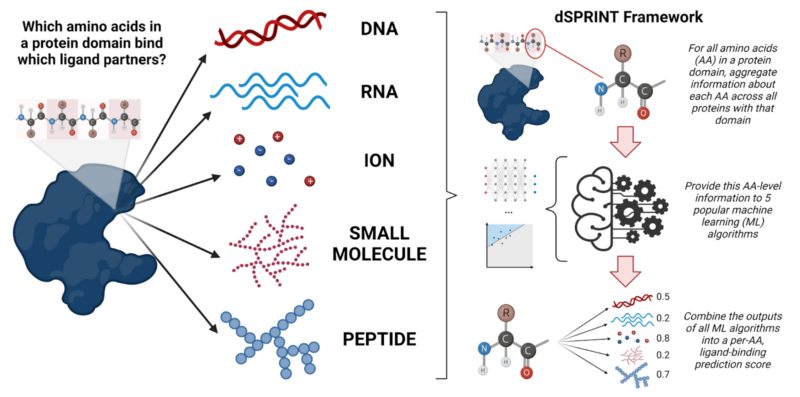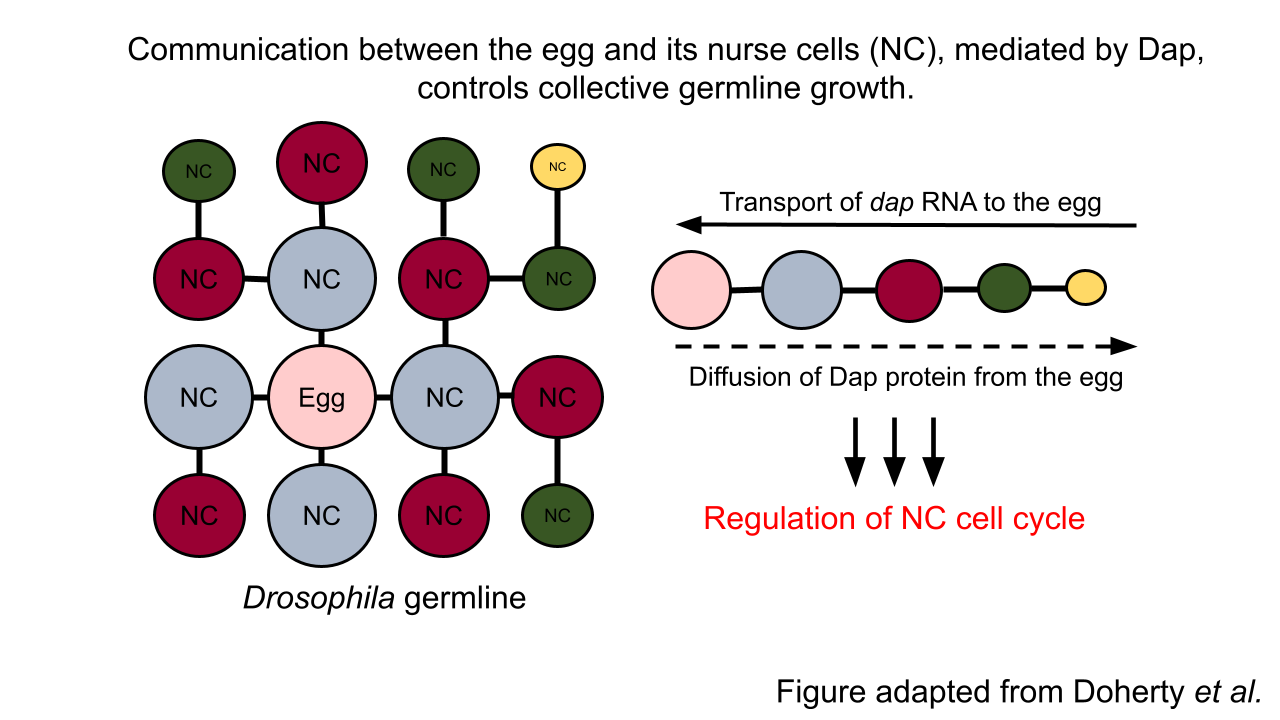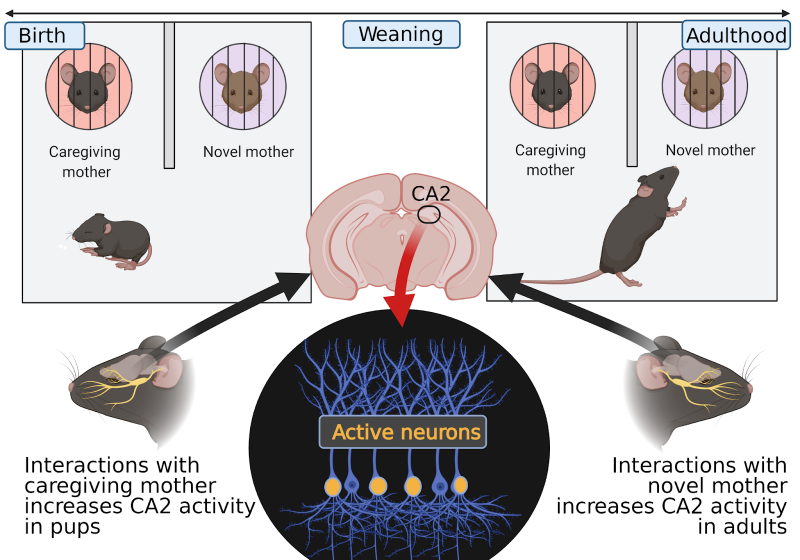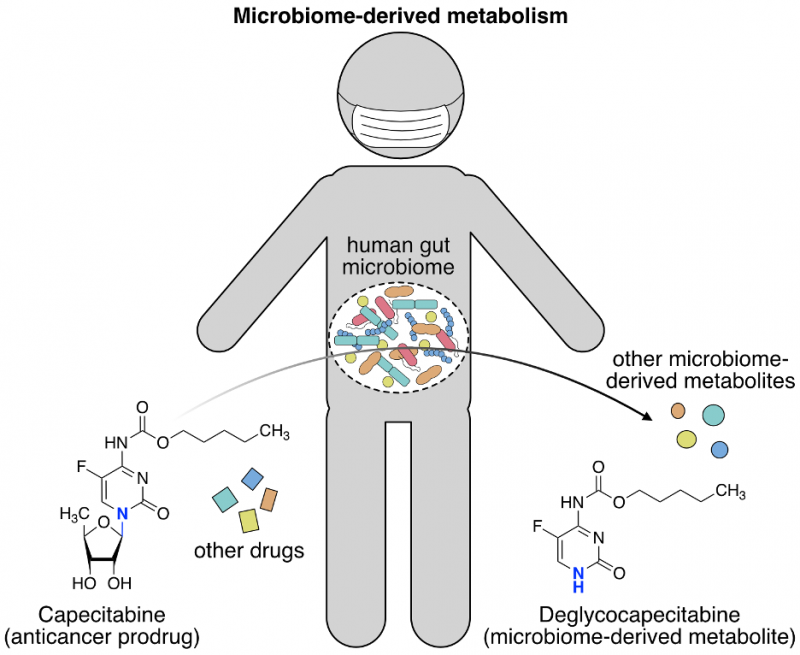Review written by Jessi Hennacy (MOL, G5)
Preserving the integrity of DNA is crucial to maintaining a cell’s functions and life cycle. However, DNA is regularly under attack by chemical and physical agents, such as toxins and UV rays from the sun, that can cause breaks in the chemical backbone that holds a strand of DNA together. This DNA damage can lead to dire consequences if left unaddressed, with effects ranging from cell death to uncontrolled cellular proliferation, which leads to cancer. Thankfully, our cells have evolved mechanisms of repairing broken DNA in order to alleviate the risks of accumulating DNA damage.
Continue reading
